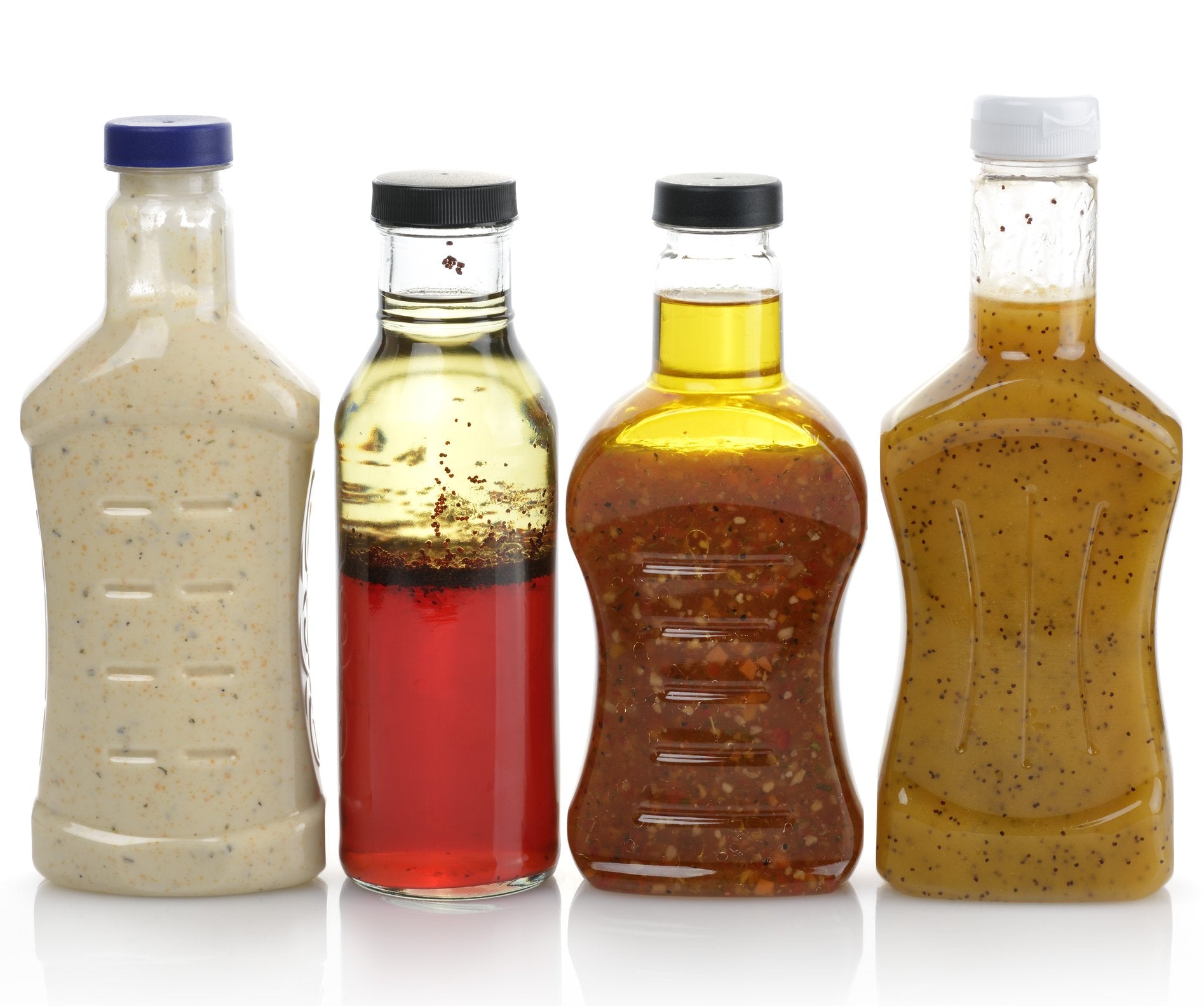The impact of emulsifiers affect nutritional value
Emulsifiers: Trick Ingredients for Accomplishing Completely Combined Formulations
Emulsifiers play a crucial function in producing steady mixes of immiscible liquids, such as oil and water. Their one-of-a-kind residential or commercial properties permit them to decrease surface area stress, which is crucial for harmony in numerous formulas. Recognizing the differences in between artificial and all-natural emulsifiers can affect product quality considerably. As sectors significantly seek to boost structure and shelf life, the option process for the best emulsifier ends up being extremely important. What factors should be thought about in this essential selection?
Recognizing Emulsifiers: What They Are and Just how They Function
Emulsifiers may appear like a straightforward addition to formulas, they play an essential function in maintaining blends of ingredients that usually do not blend well, such as oil and water. These substances function by decreasing surface area stress at the user interface in between immiscible fluids, allowing them to mix even more uniformly. Emulsifiers contain both hydrophilic (water-attracting) and lipophilic (oil-attracting) residential or commercial properties, which allow them to anchor themselves at the boundary of both phases. By doing so, they develop a protective obstacle that prevents the droplets of one liquid from coalescing right into larger masses, therefore maintaining a steady emulsion. The effectiveness of an emulsifier depends on its molecular structure, which influences its ability to support mixtures. In numerous applications, from food items to cosmetics, emulsifiers ensure a constant appearance and appearance, enhancing both functionality and consumer appeal. Their importance can not be overemphasized in achieving well-blended formulas.
Kinds of Emulsifiers: All-natural vs. Synthetic
Emulsifiers can be broadly classified right into 2 types: artificial and natural, each offering unique benefits and applications. Natural emulsifiers, stemmed from plant or animal sources, include casein, lecithin, and gum tissue arabic (emulsifiers). These emulsifiers are usually preferred in clean-label and natural items due to their minimal handling and biocompatibility. Their gentle nature makes them appropriate for delicate formulas, specifically in food and cosmetics

On the other hand, artificial emulsifiers such as mono- and diglycerides, and polysorbates are manufactured via chemical processes. They are frequently made use of in industrial applications because of their security and performance in developing emulsions. Artificial emulsifiers often display remarkable performance in extreme problems, such as heats or varying pH levels. The choice between artificial and all-natural emulsifiers greatly depends upon the certain formula requirements, regulatory considerations, and consumer choices, affecting their efficient application in numerous industries.
Functions of Emulsifiers in Food and Aesthetic Formulations
The duty of emulsifiers prolongs beyond plain stablizing; they are essential in achieving the desired structure, look, and rack life of food and cosmetic products. In food formulas, emulsifiers aid mix oil and water, developing smooth and consistent textures necessary for sauces, dressings, and milk products. They decrease surface area stress, boosting the stability of solutions, which avoids splitting up and prolongs quality.
In cosmetics, emulsifiers guarantee that ingredients, such as oils and water, mix effortlessly, boosting and providing a pleasurable feeling application. emulsifiers. They add to the item's viscosity and spreadability, essential for products, lotions, and creams. Furthermore, emulsifiers can envelop energetic ingredients, enhancing their circulation and effectiveness in formulas. By regulating structure and boosting sensory features, emulsifiers play an important role in meeting consumer assumptions in both food and cosmetic industries, ensuring products are not only attractive yet likewise functionally reliable
Picking the Right Emulsifier for Your Product

Furthermore, the target application-- whether for food, cosmetics, or drugs-- will affect the option. Food-grade emulsifiers ought to abide helpful hints with safety policies, while aesthetic emulsifiers might require skin compatibility. Assessing factors such as HLB (Hydrophilic-Lipophilic Balance) helps in forecasting emulsifier actions in specific formulations. Ultimately, a detailed analysis of both useful requirements and governing considerations is necessary to choose one of the most efficient emulsifier, making sure the final item meets the preferred high quality and security requirements.

Tips for Successful Emulsion Formation and Stability
Attaining successful solution formation and stability requires mindful attention to several vital aspects. The selection of emulsifier plays an essential function; it needs to be suitable with the oil and water stages to ensure reliable stablizing. Second, the ratio of oil to water need to be well balanced, as an inappropriate proportion can lead to instability. Third, the blending process must be regulated; high shear blending can help attain smaller sized droplet sizes, improving stability.
Temperature level additionally affects emulsion stability; preserving suitable temperature levels throughout solution protects against early splitting up. Additionally, including stabilizers such as thickeners can further improve thickness, reducing the chance of stage splitting up. Lastly, carrying out complete stability tests after solution will aid identify possible problems, permitting for changes before final manufacturing. By adhering to these guidelines, formulators can accomplish regular and trusted solutions that keep their preferred residential or commercial properties over time.
Regularly Asked Questions
Can Emulsifiers Be Utilized in Vegan Formulations?
Yes, emulsifiers can be utilized in vegan formulas. Many plant-based emulsifiers, such as lecithin from soy or sunflower, supply efficient blending without animal-derived components, making them suitable for a range of vegan items.
What Are Usual Allergens in Emulsifiers?
Usual irritants in emulsifiers consist of soy, dairy products, and eggs, as specific emulsifiers are stemmed from these resources. Furthermore, some individuals might respond to preservatives or additives used along with emulsifiers in various solutions.

Just How Do Emulsifiers Influence Life Span of Products?
Emulsifiers enhance item security by stopping separation of active ingredients, consequently prolonging service life. They minimize wasting brought on by microbial growth and oxidation, resulting in long term freshness and improved high quality in different food and cosmetic solutions.
Are There Any Type Of Health Problems Associated With Emulsifiers?
Study suggests potential health issues related to emulsifiers, consisting of digestive tract microbiome alterations and inflammation. additional resources While governing bodies normally deem them secure, ongoing researches continue to discover long-lasting results on my site wellness and general wellness.
Can Emulsifiers Improve Taste or Fragrance in Formulations?
Emulsifiers can boost taste and fragrance in formulas by enhancing active ingredient diffusion and stability. This results in a much more consistent product, permitting flavors to meld successfully, eventually causing an extra enjoyable sensory experience for customers.
Emulsifiers may appear like a simple addition to solutions, they play an essential role in stabilizing mixtures of components that commonly do not mix well, such as oil and water. In food formulations, emulsifiers assist blend oil and water, producing smooth and consistent appearances important for sauces, dressings, and milk items. Food-grade emulsifiers should comply with security laws, while aesthetic emulsifiers might need skin compatibility. Typical irritants in emulsifiers include soy, dairy products, and eggs, as particular emulsifiers are obtained from these resources. Emulsifiers can enhance flavor and fragrance in formulations by boosting component diffusion and security.